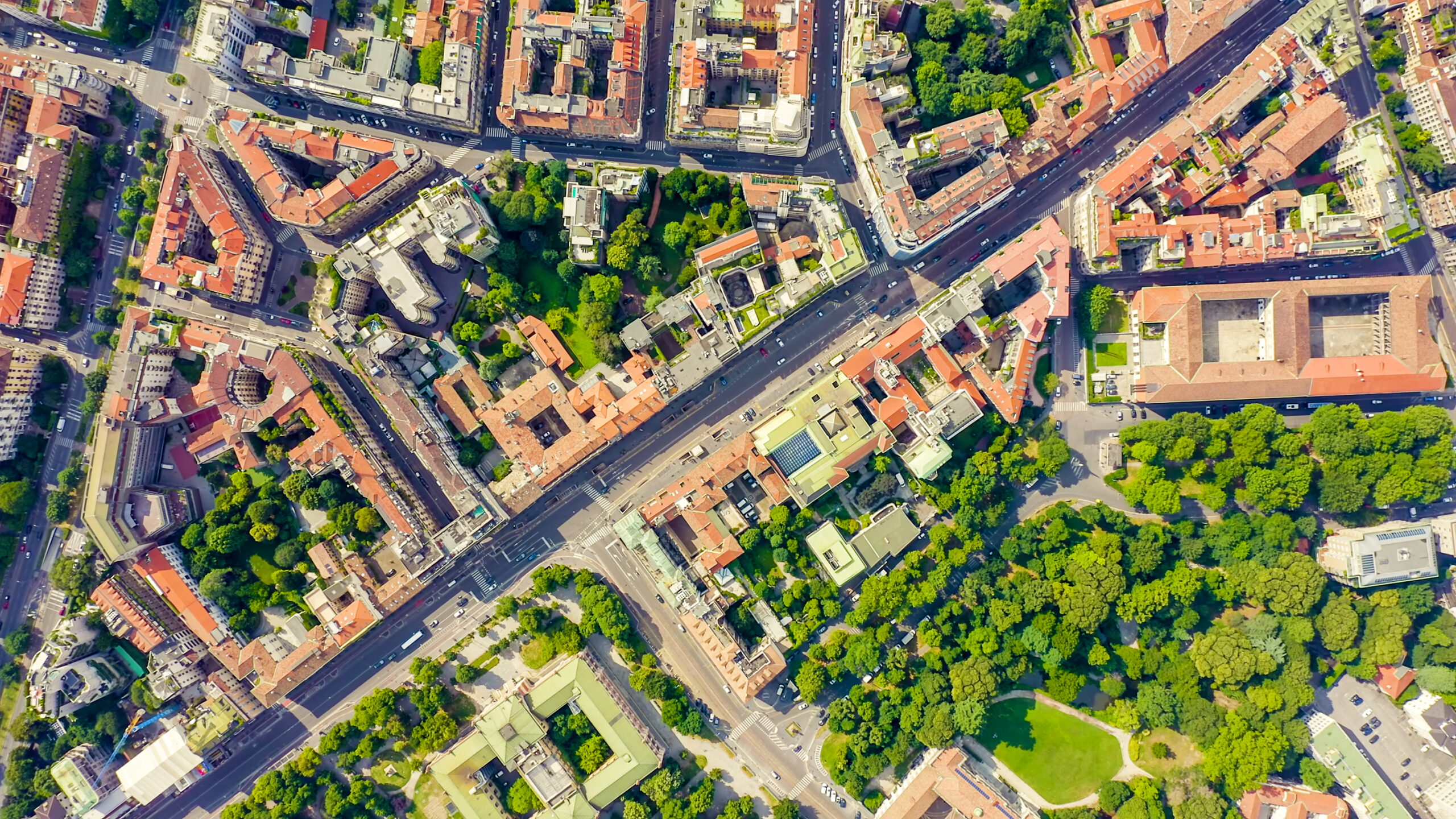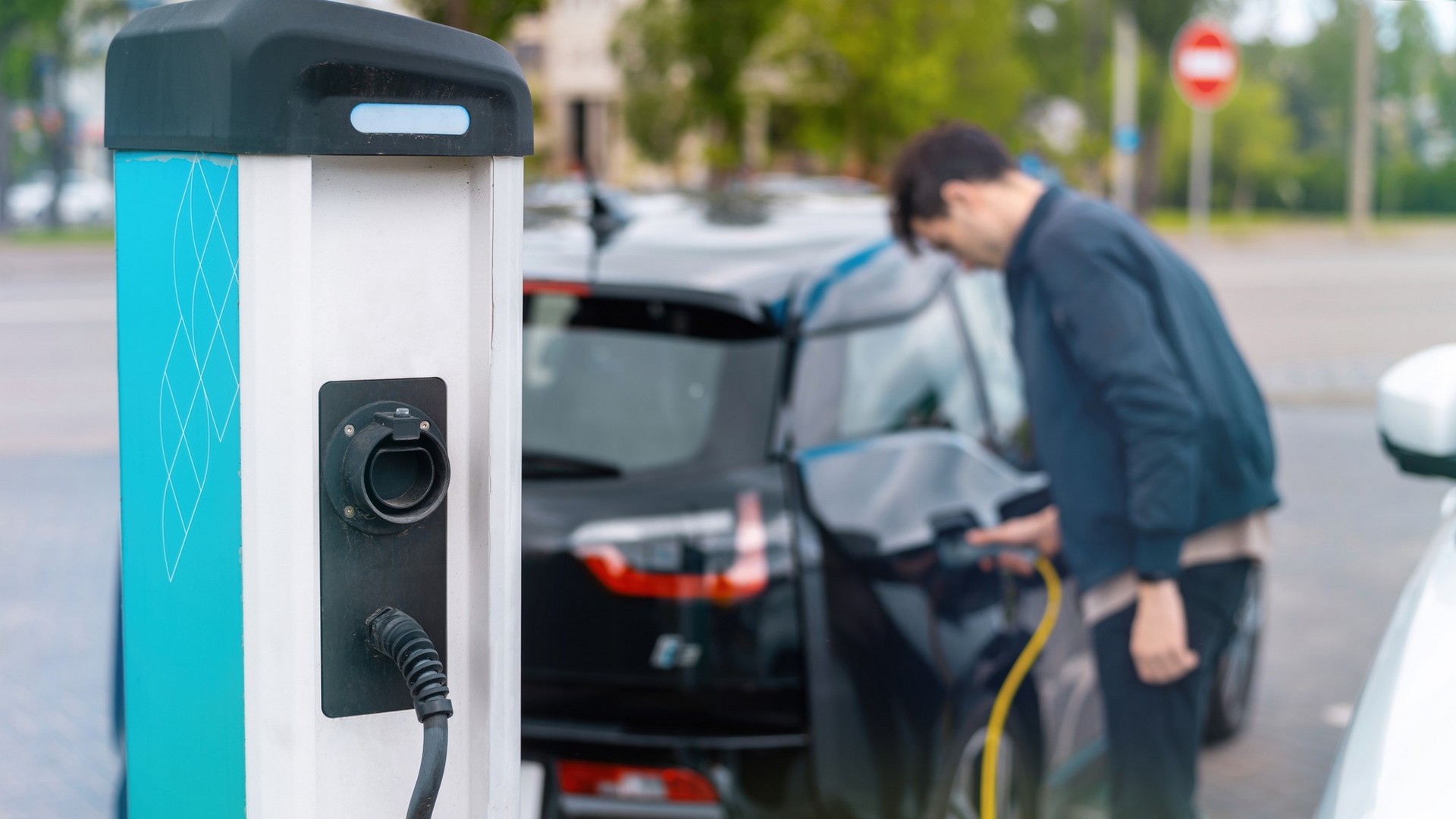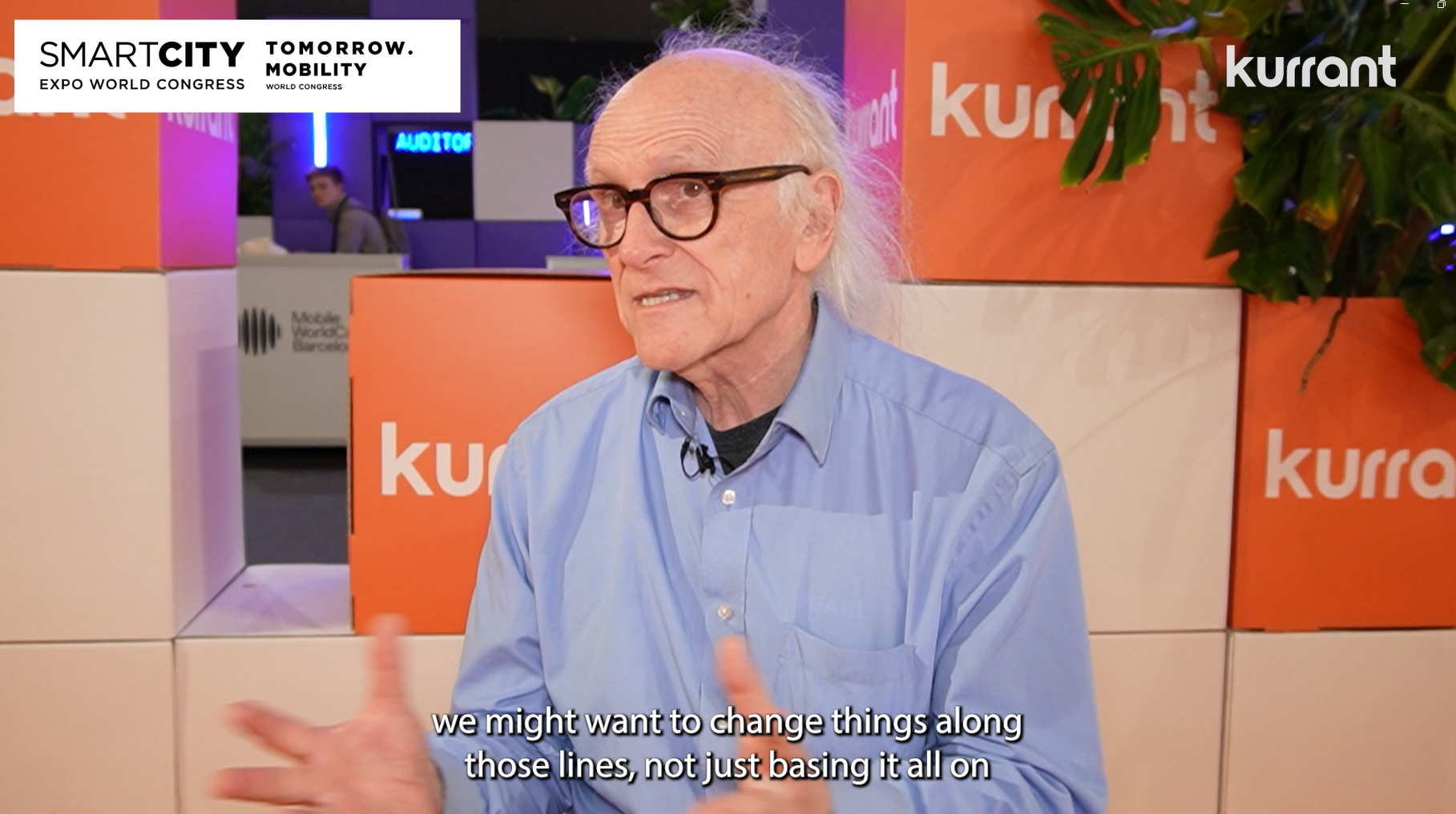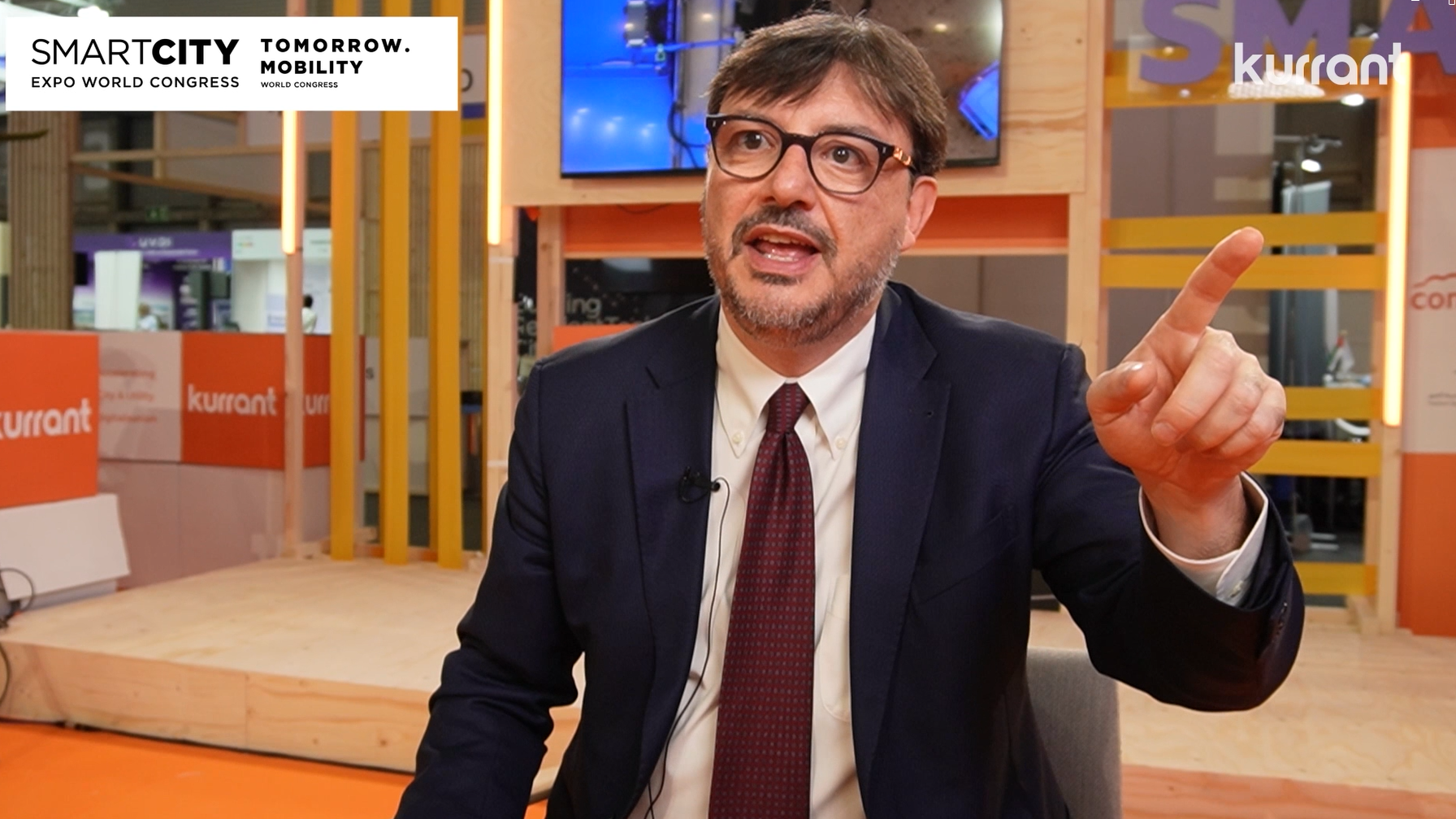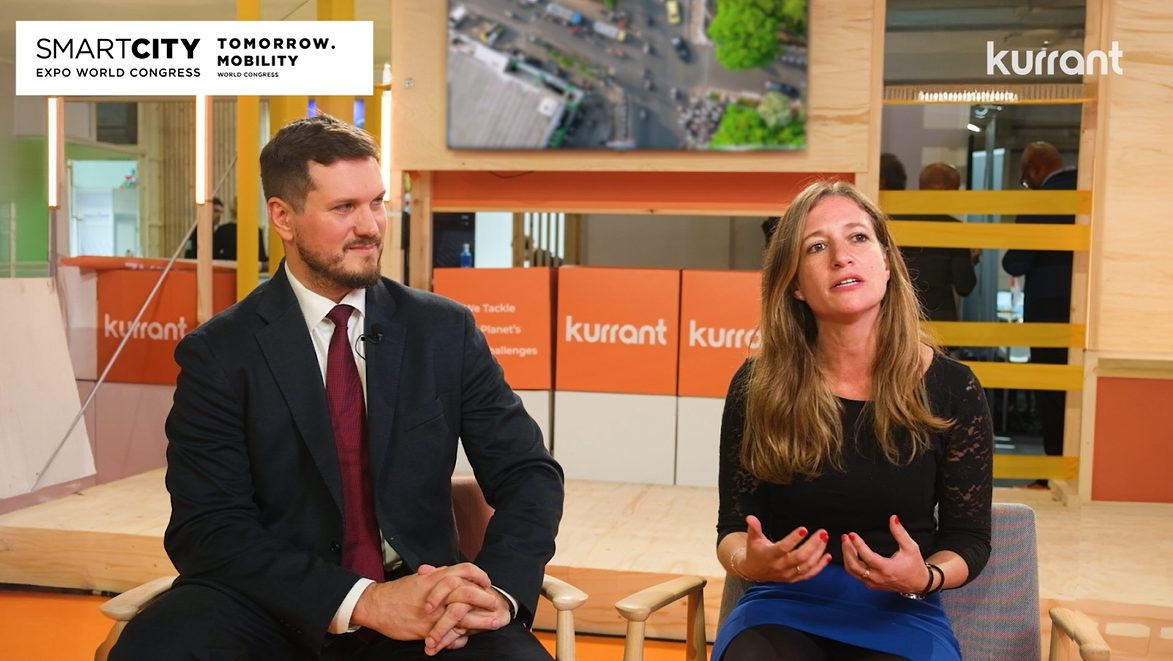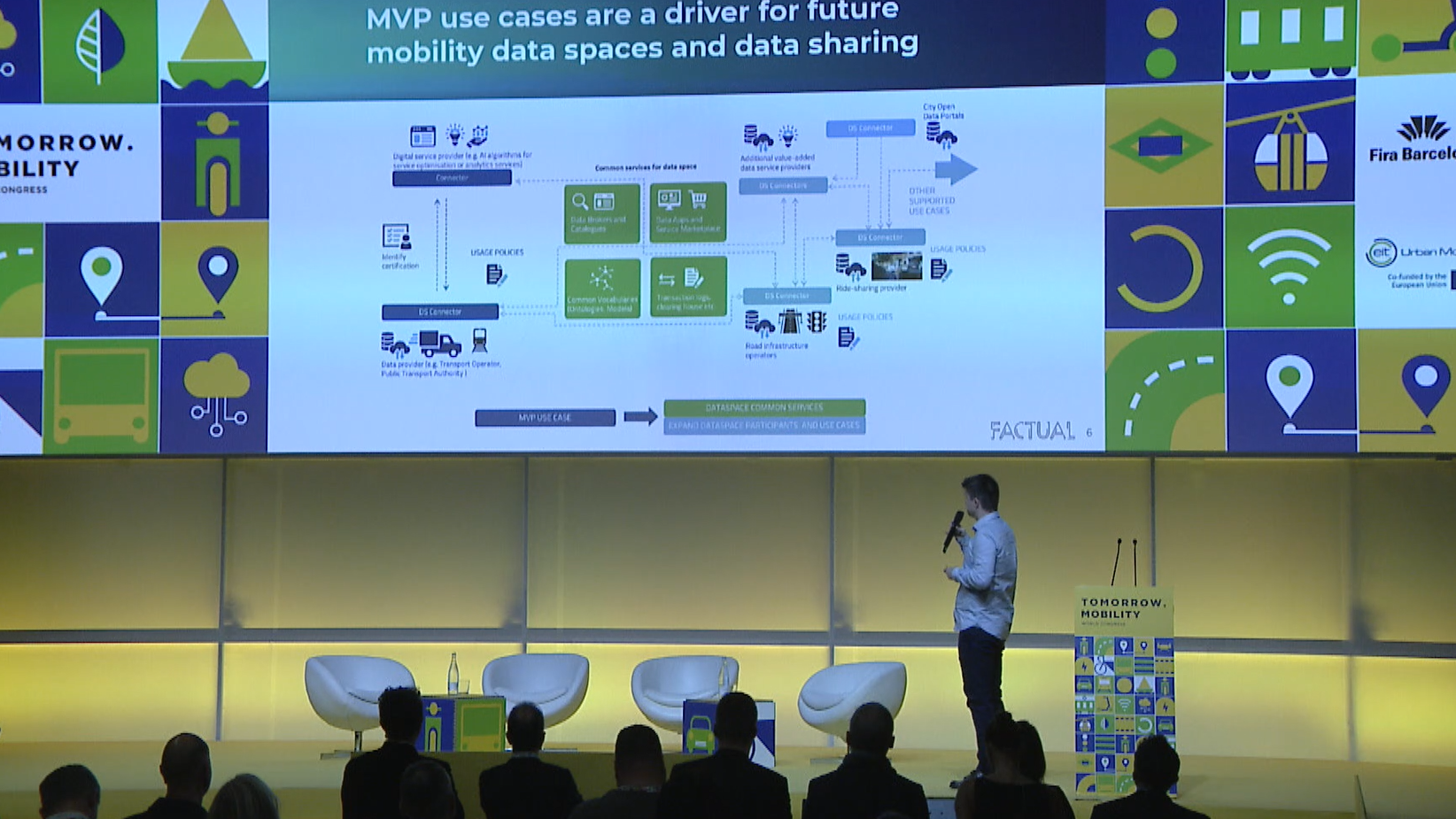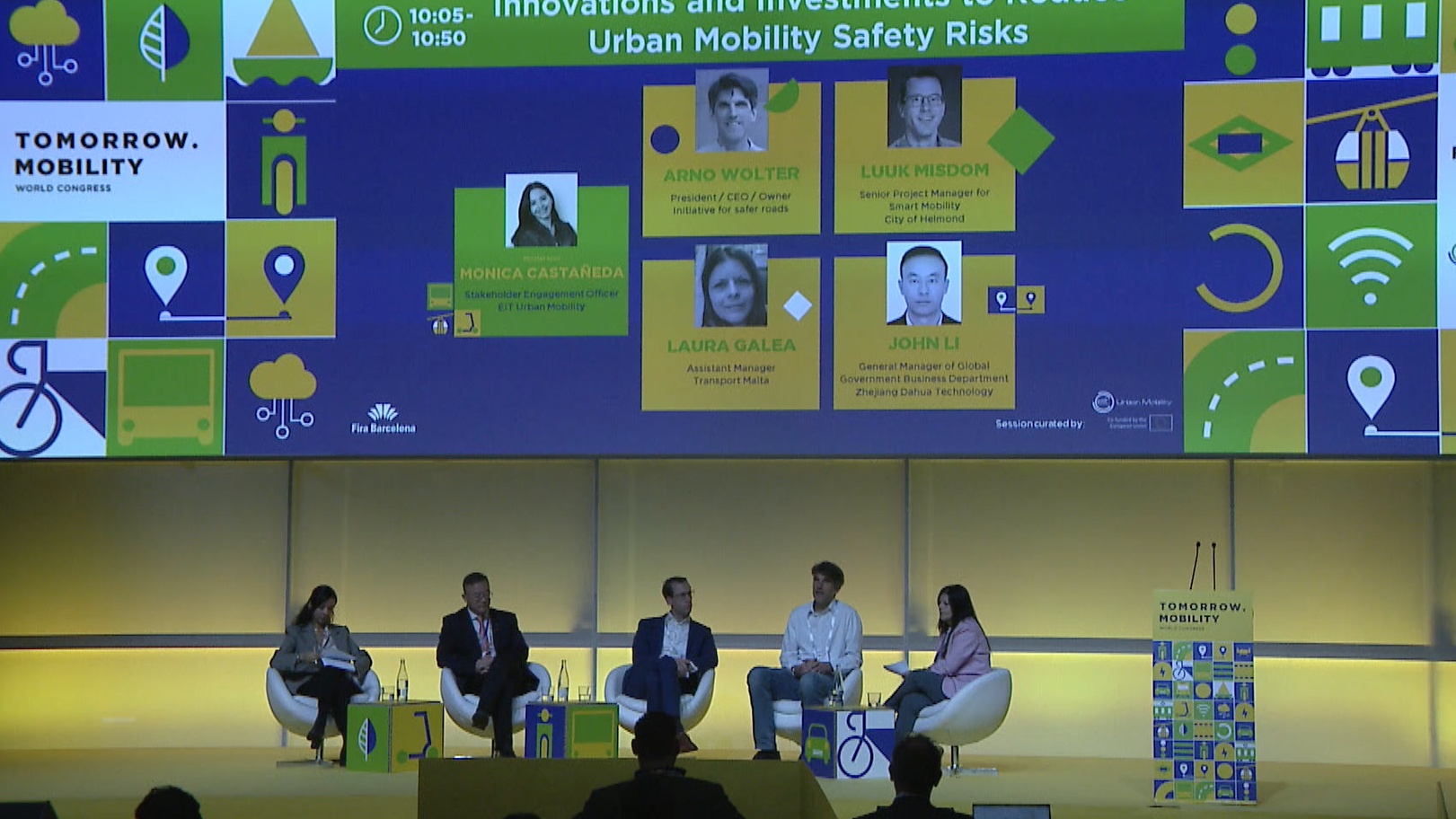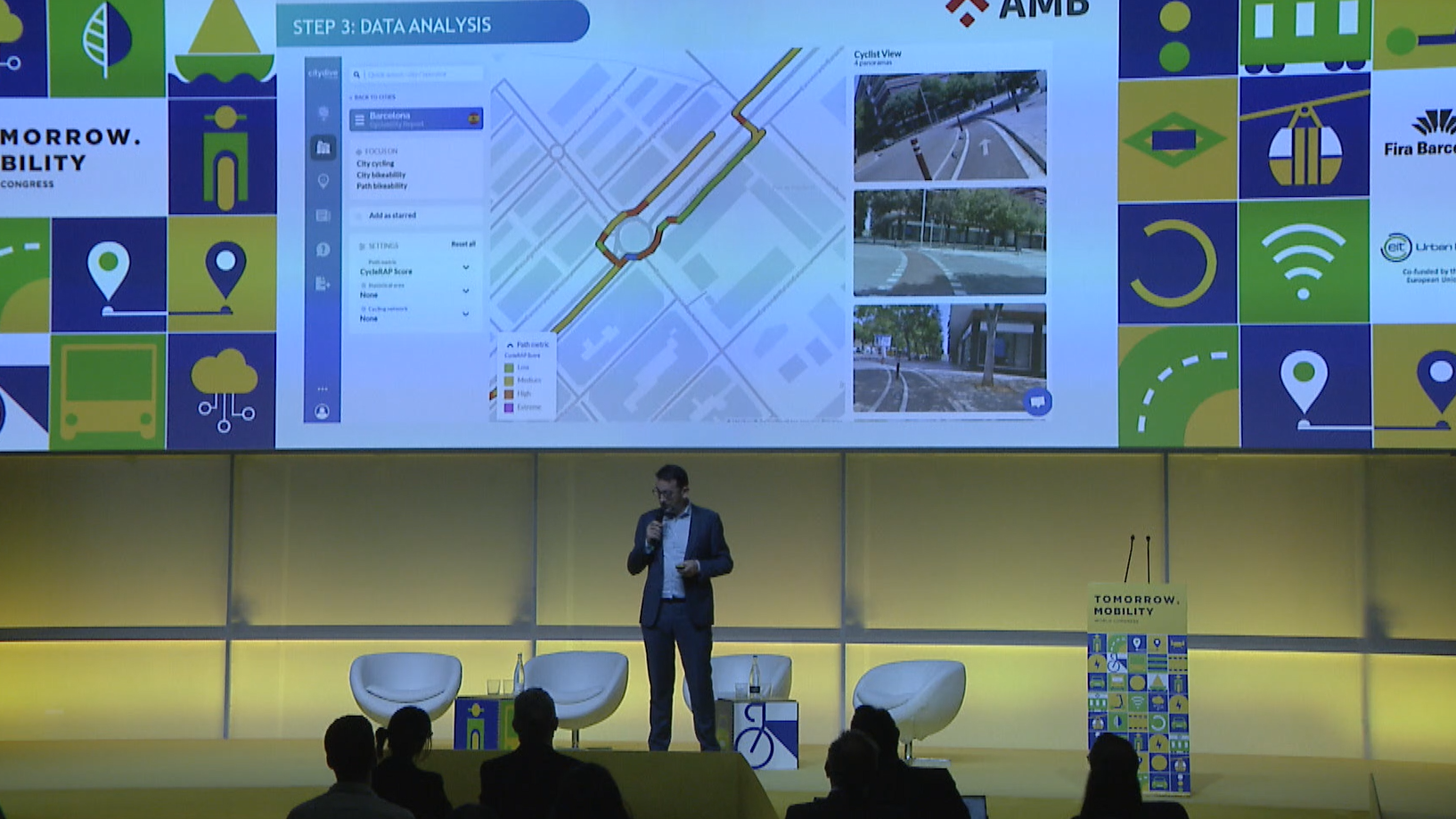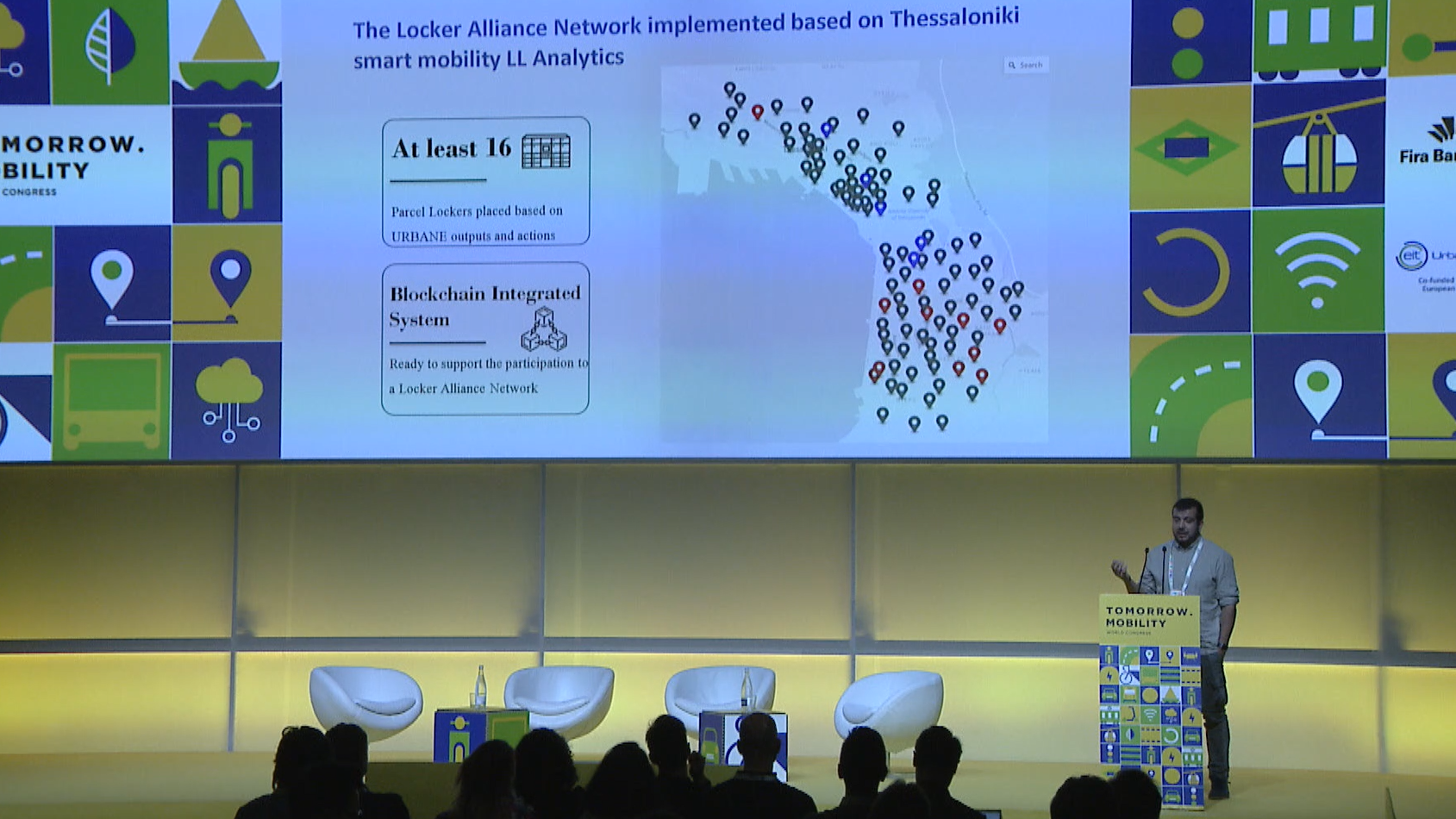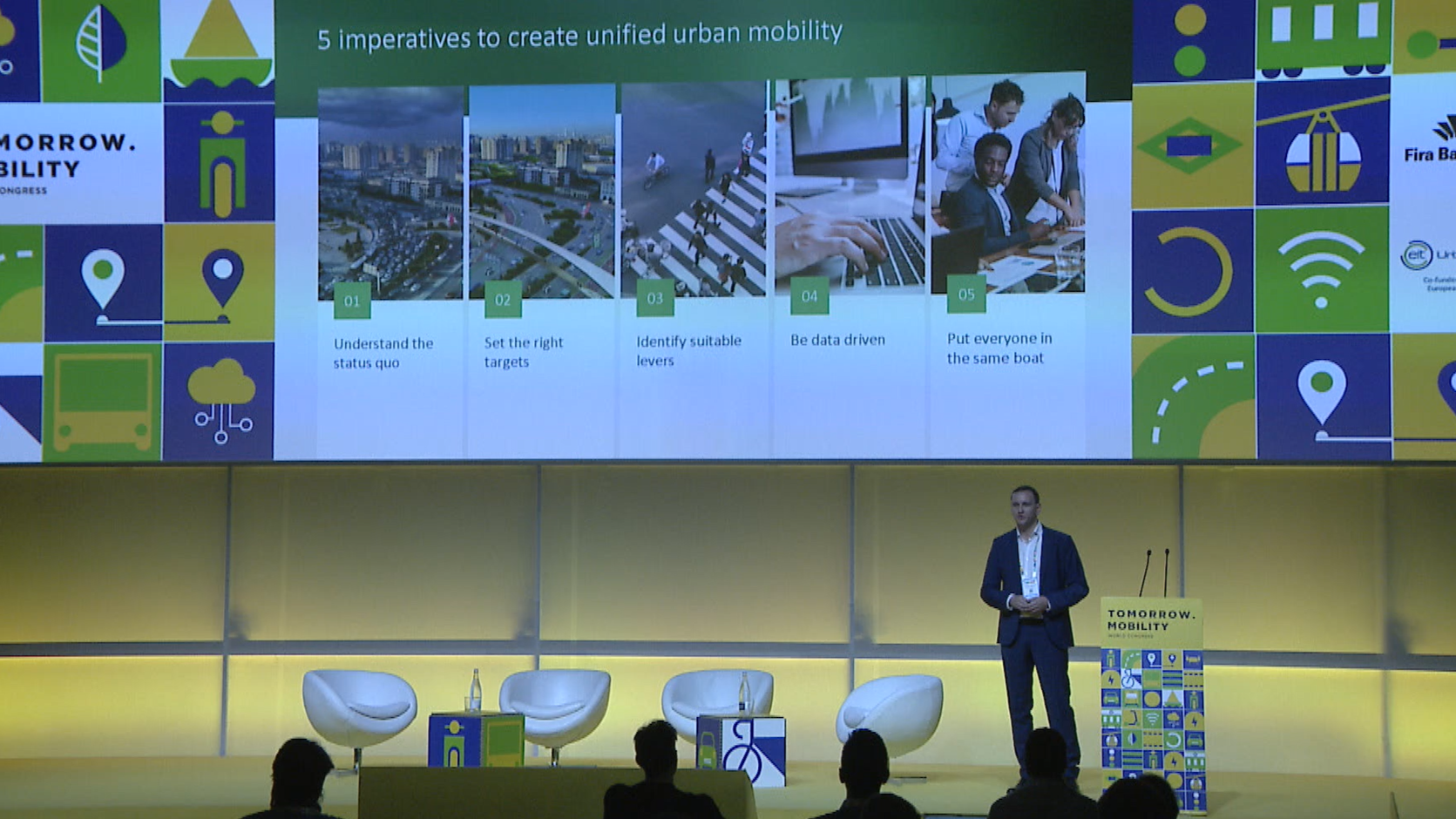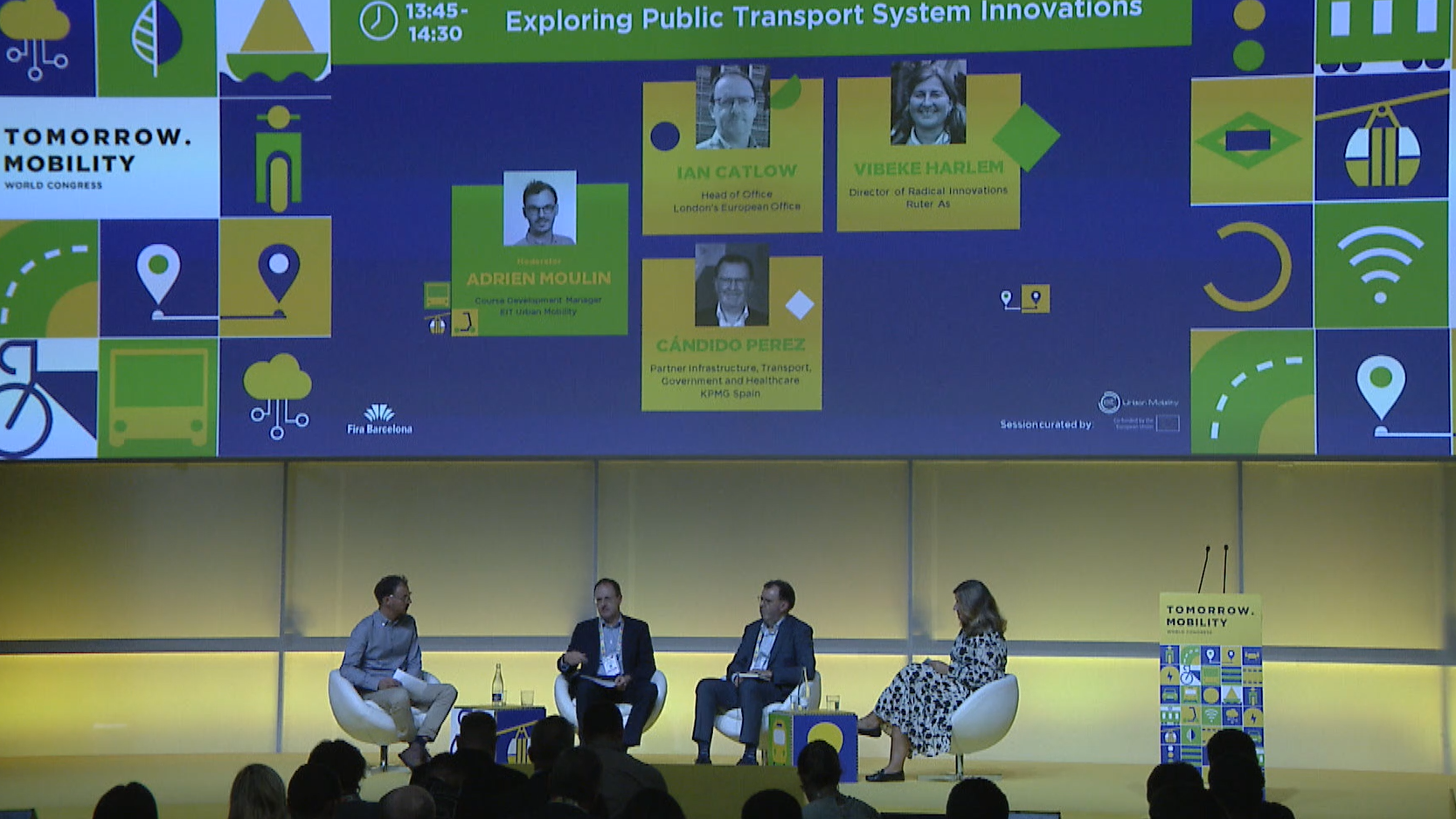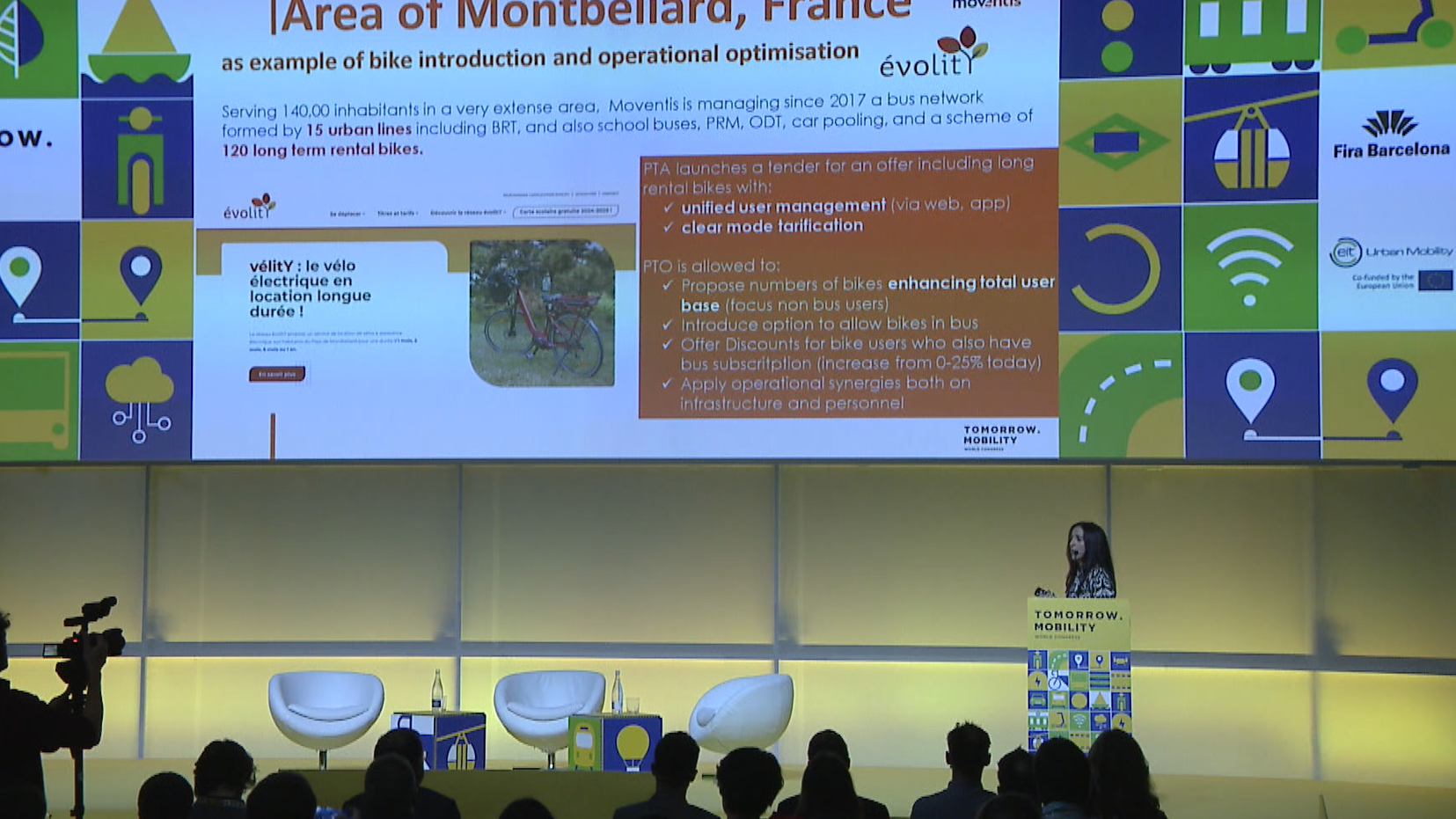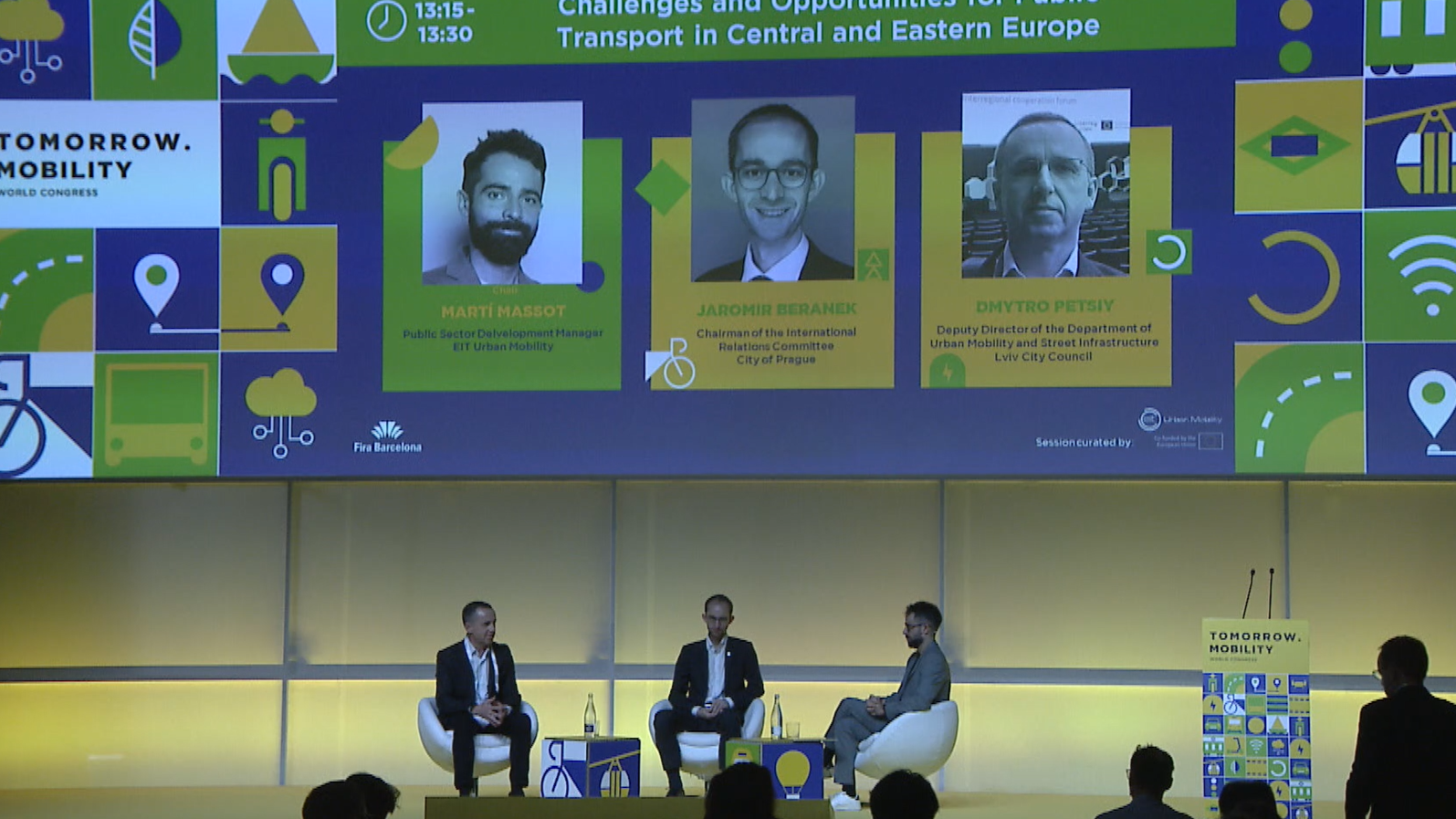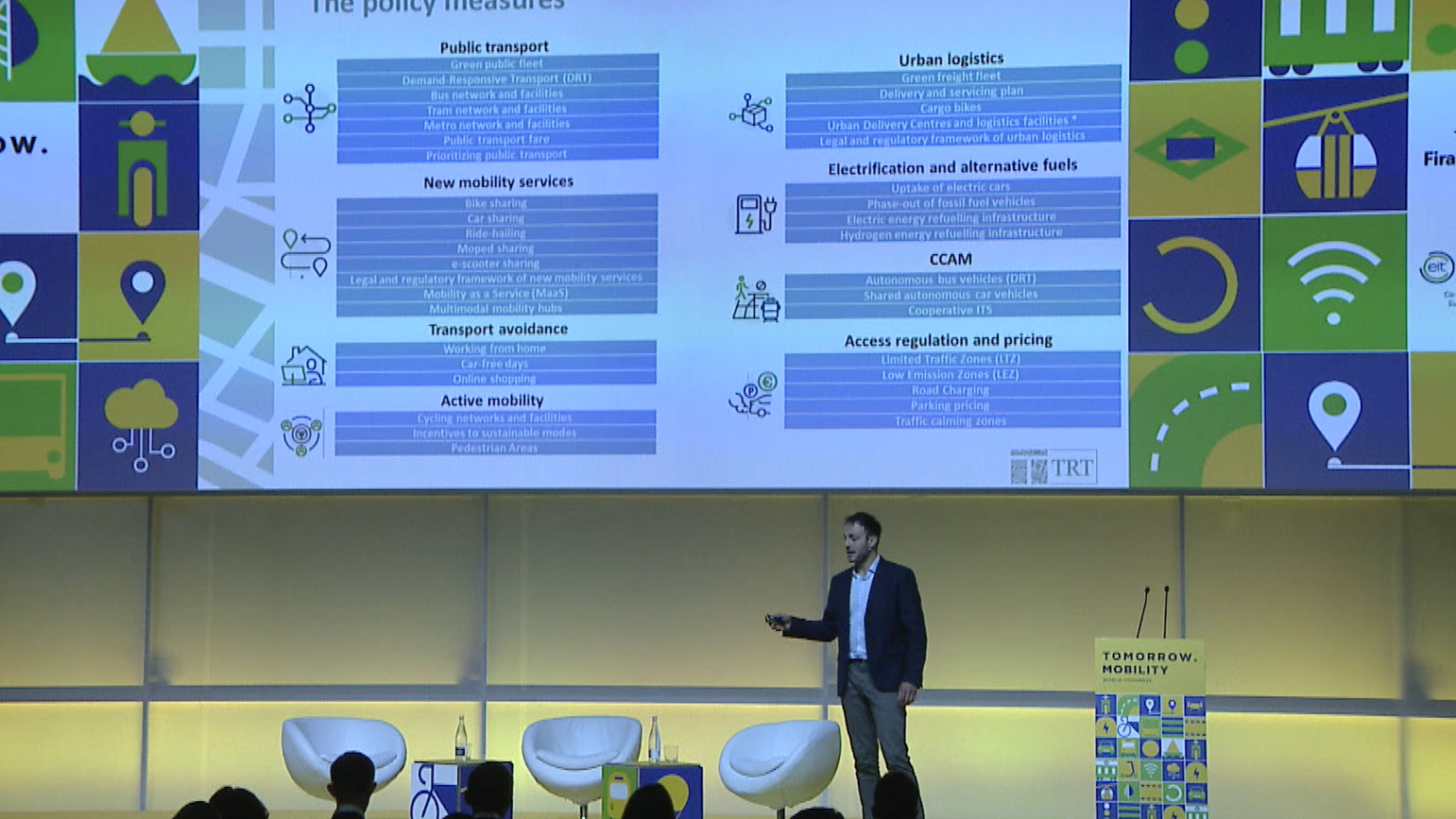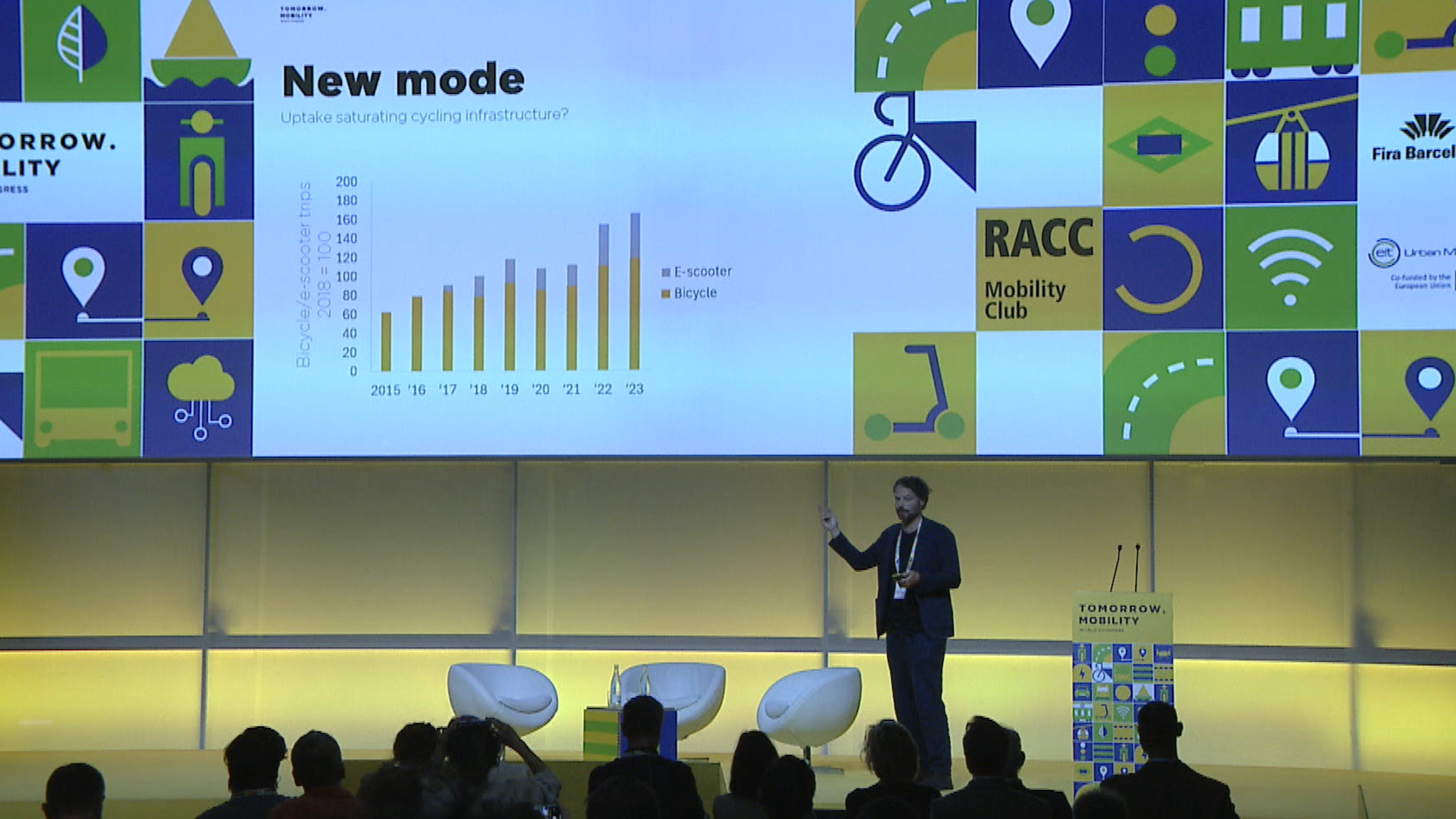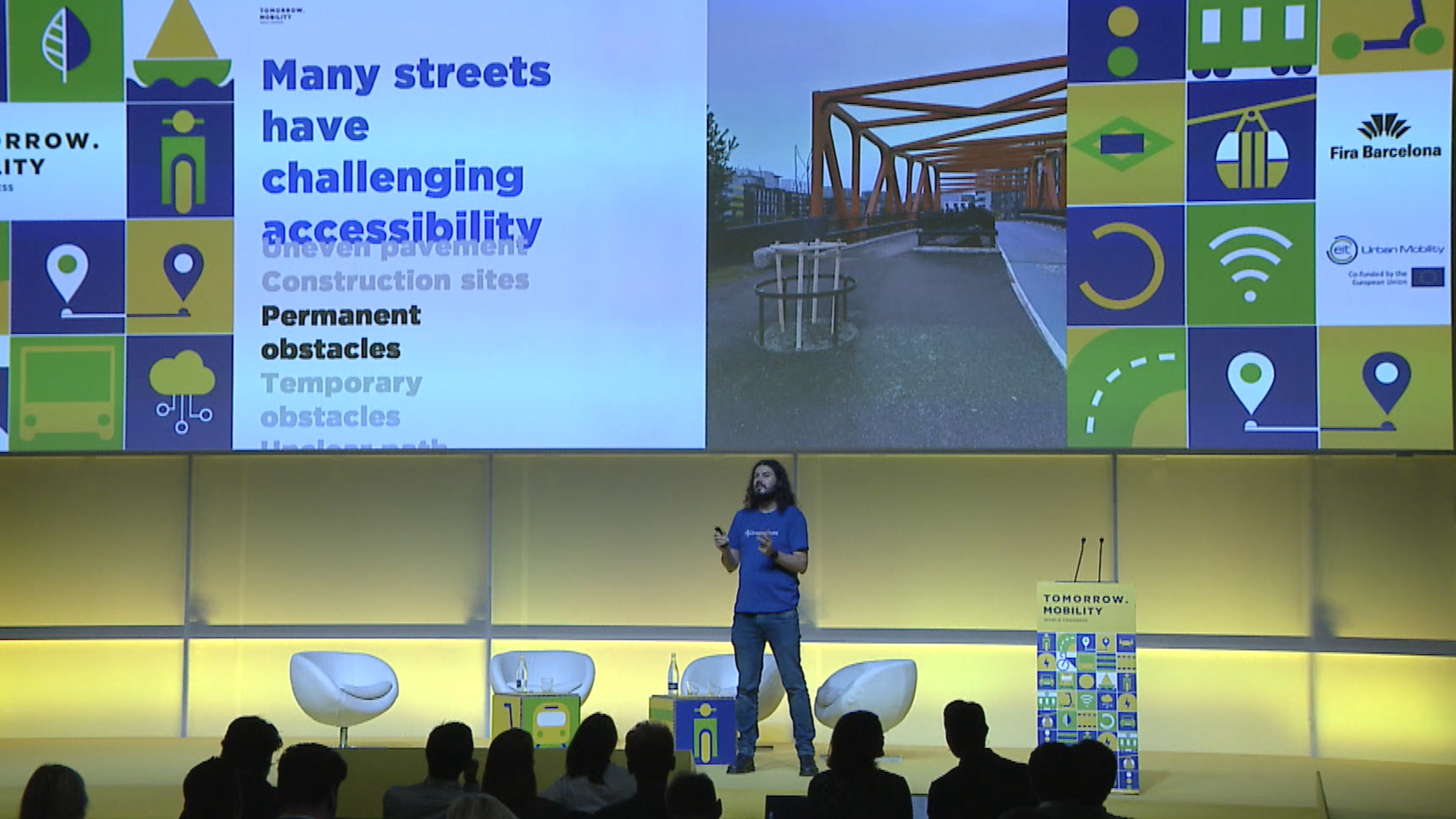This is a guest post by EIT Urban Mobility. EIT Urban Mobility is the leading innovation community for urban mobility in Europe, committed to accelerating the transition to sustainable urban mobility and more liveable urban spaces.

As technology develops, it is common that advancements often phase out older systems in favour of new innovations. However, in the realm of urban mobility, a notable exception is emerging. Once sidelined by the rise of car-centric infrastructure, one mode of public transport is making a striking comeback: the tram.
This resurgence is not simply a nostalgic revival. As urban administrations feel increasing pressure to cut their emissions, aiming for a 55% reduction of greenhouse gas emissions within the decade, the re-introduction of trams as a public transport mode is becoming a popular tool to reach this ambitious goal.
The rise of the tram
The history of the tram stretches back over the last two centuries, and the evolution of the very first tram is emblematic of the entire transport mode’s rise and fall. In 1804, with the passage of the British Parliament’s Mumbles Railway Act, the world’s first passenger tram was established in Wales, United Kingdom. First acting as a horse-drawn tramway, the tram took up the latest technological innovation and changed to steam-power from 1877. By 1929, the tram switched to electric power, upon which it ran until its closure in 1961.
Though the very first of its kind, the Swansea and Mumbles Railway’s history mirrors that of the larger shifts occurring throughout Europe and North America in terms of tramways. The original trams, though rudimentary with their horse-power, were significantly faster than walking and paved the way for the public transport we know today. By 1881, Germany put the world’s first electric tram into operation in Berlin, and by the early 1900s, the United Kingdom and France joined as pioneers. The electrification of their tram systems enabled greater efficiency, speed and occupancy than ever before; and many cities across Europe and North America adopted electric trams as a result.
In the early 20th century, trams dominated public transport in many major cities. In 1900, Paris alone boasted an extensive tram network spanning 814 kilometers across 108 lines, according to Ville de Paris. This impressive scale highlights the widespread popularity and importance of trams during that era.
Prioritising cars
However, the mid-20th century saw a dramatic shift. As the automobile gained popularity, urban planning across Europe and North America shifted toward car-centric development. Post-war Europe viewed trams as relics of an older, slower era, outdated and emblamatic of pre-war technology. Governments and public transport authorities, eager to accommodate the burgeoning car culture, began dismantling tramlines in favor of more expansive road networks.
Cities like Paris and Manchester that had previously been known for their extensive tram infrastructure, disbanded their trams in favour of motorised buses and individual automobiles. The result: trams were largely phased out of most cities’ transport offerings by the mid-20th century.
Resurgence and modernisation
By the end of the 20th century, shifts in attitude and knowledge unearthed a greater understanding of the negative social and environmental impacts of car-centric urban planning, such as air and noise pollution, congestion and diminished quality of public spaces.
This shift began a growing recognition for the benefits of trams as public transport once more, with several cities investing in new tram lines, or modernising their existing systems. Germany spearheaded this shift in the 1970s by adopting modern tram systems, and North America followed suit in 1978 when Edmonton introduced the Siemens-Duewag U2 system, sparking a resurgence.
The 1980s and 1990s saw a wave of tram systems emerging across Europe and the United Kingdom. Cities like Manchester, Sheffield, and Birmingham reintroduced light rail, while France led with Nantes and Grenoble. Strasbourg, aiming to break the public’s perception of trams as archaic, introduced modern systems in 1994. Adrian Furgalski, Chairman of the Management Board of Tor Consultants Group, reports to Eurobuild Central & Eastern Europe that, “Many cities in Europe, particularly in the 60s and 70s, got rid of their tram networks. Now we are seeing a revival in the tram as a means of transport – not only in the cities where they used to run, but also in new locations. The best example is France, where in 1945 there were 50 operating tram systems and in 1966 this was reduced to just three, but now there are 28 tram systems in operation.”
The 21st Century: A New Era for Trams
In the 21st century, the revival of tram systems continued across the globe. Cities like Athens reintroduced trams for the 2004 Summer Olympics, integrating them with metro and bus networks. And the Paris Olympics 2024 saw public transport take centre stage, where the interconnected system supported the influx of visitors to the city.
Modern tram systems, such as tram-trains, are also gaining popularity. The Karlsruhe model, for instance, provides seamless rail-based transit in areas where it was previously unavailable, significantly boosting ridership. Technological advancements, from driverless trams in Potsdam to low-floor designs and regenerative braking, have helped make trams a sustainable and efficient solution for urban mobility.
Once dismissed as outdated, trams have made a comeback in recent decades. While trams average 20.2 grams CO2 emissions per person per kilometre, compared to an average of 243.8 grams for an individual car; it is clear that modal shifts are needed in order to reach climate targets. And, with the results of a new study suggesting that over a 30-year period, a tramway system emits about half as much CO2 as a bus rapid transit system, the future is looking bright for trams.
Interested in learning more?
Join us at Tomorrow.Mobility World Congress to attend several sessions on public transport and accessibility. Buy your ticket now!








